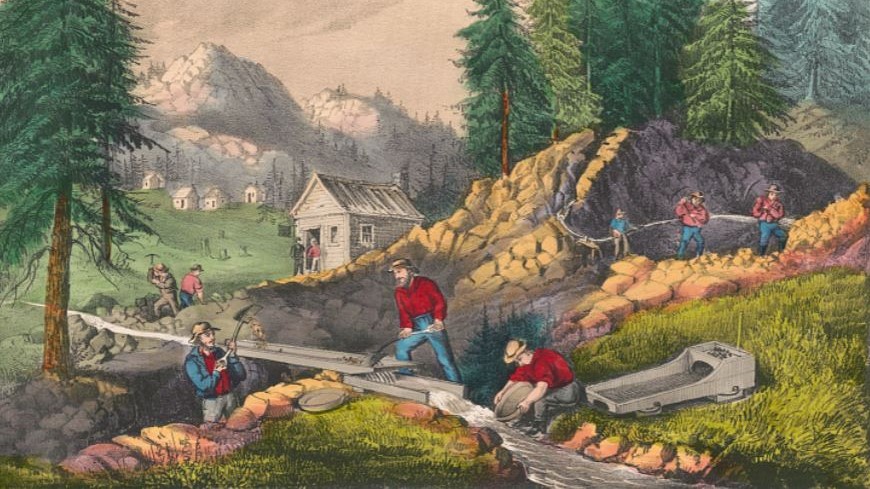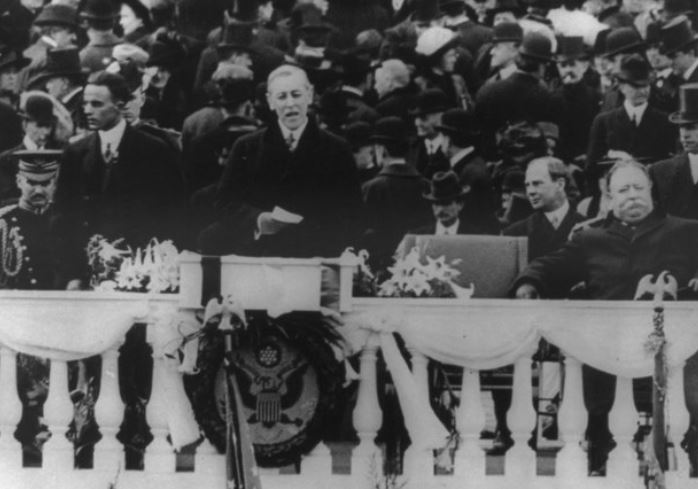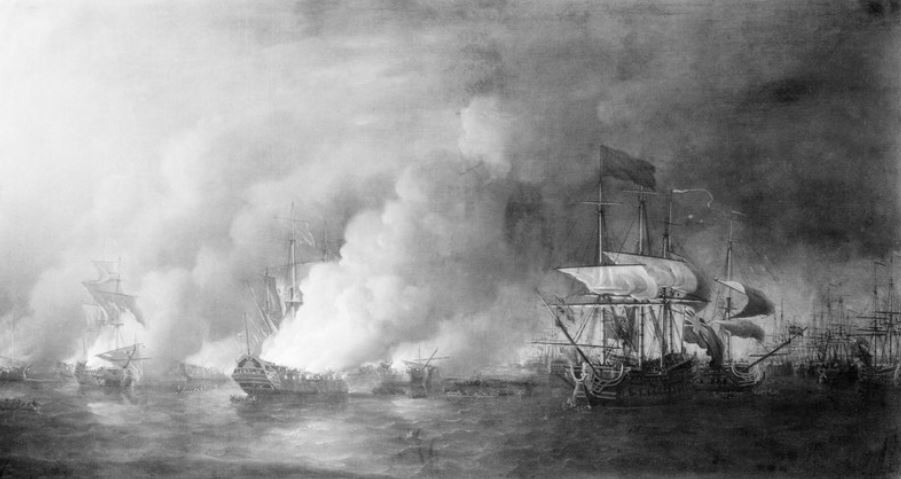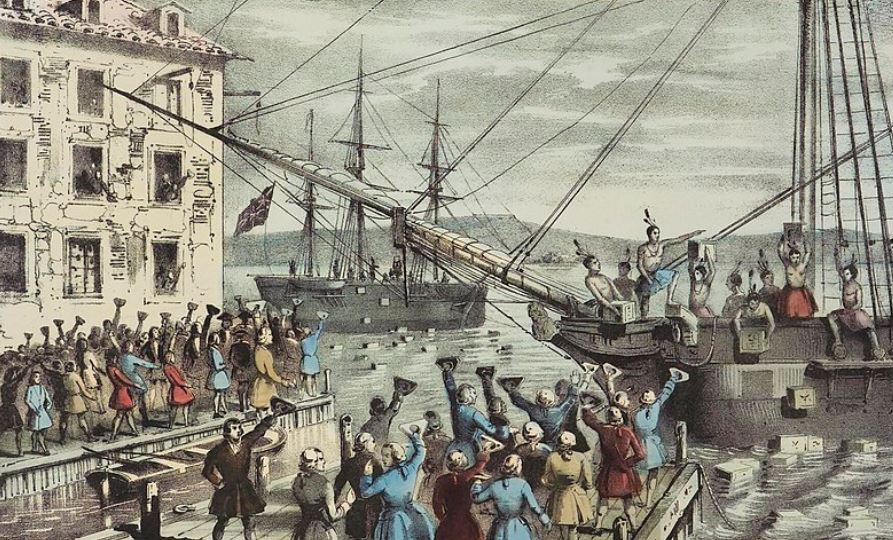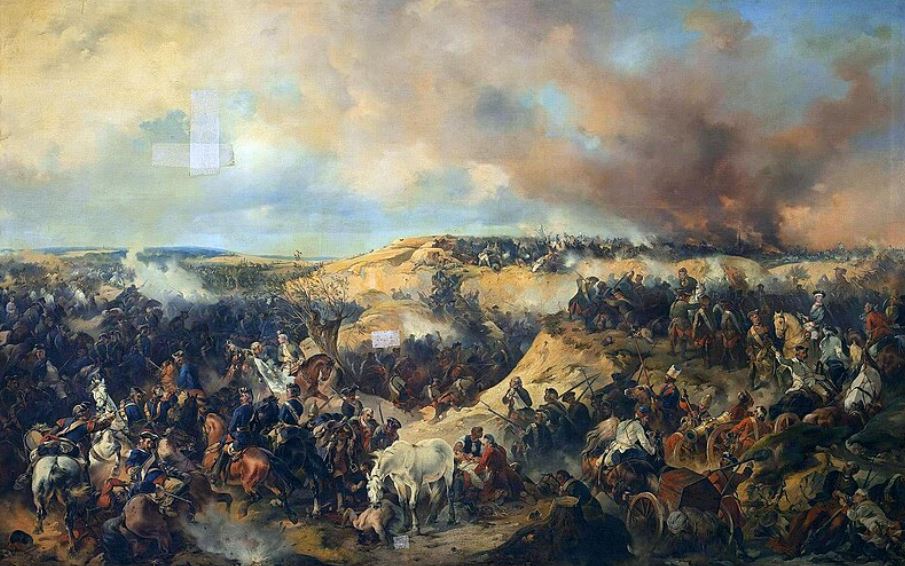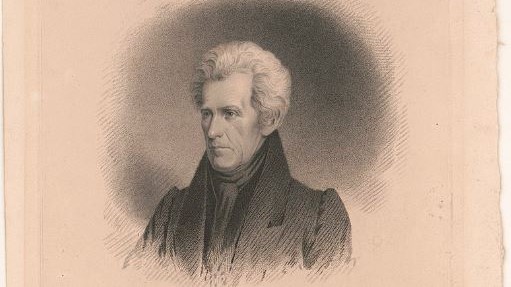The California Gold Rush lasted between 1848 and 1855, but reached its peak in 1849. It stands as one of the most pivotal events in American history.
This monumental phenomenon not only catalyzed westward expansion but also significantly influenced the economic development of the United States.
The allure of gold drew a massive influx of people. It fundamentally transformed California’s population and economy. As thousands flocked to the West in pursuit of fortune, the California Gold Rush reshaped the social, cultural, and economic fabric of the region, laying the groundwork for its future growth and prosperity.
Read on to discover the fascinating details and lasting impact of this extraordinary event in American history.
1. The Discovery of Gold in California
The spark that ignited the Gold Rush occurred on January 24, 1848, when James W. Marshall discovered gold at Sutter’s Mill in Coloma, California.
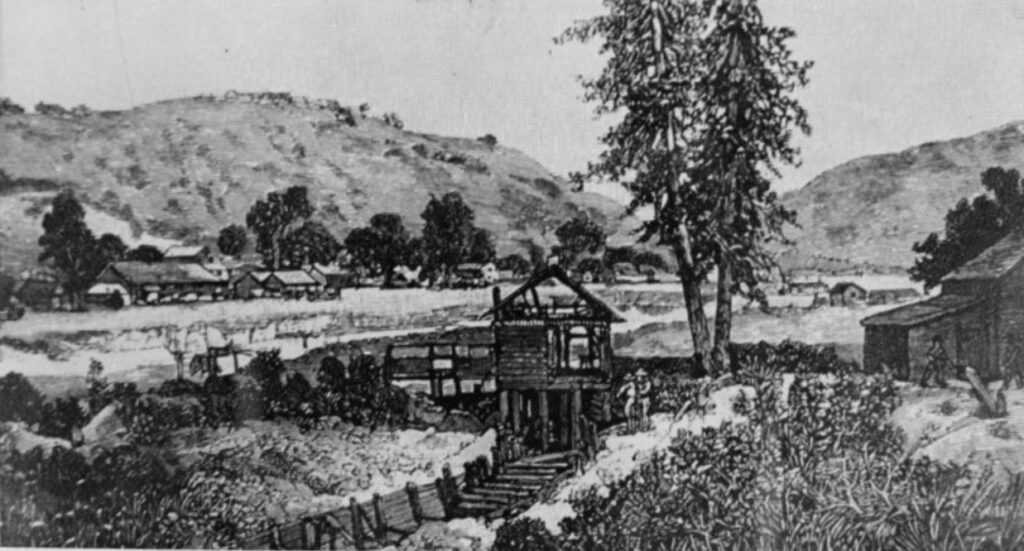
James W. Marshall was an employee of Swiss immigrant John Sutter. He stumbled upon the precious metal while constructing a sawmill along the American River.
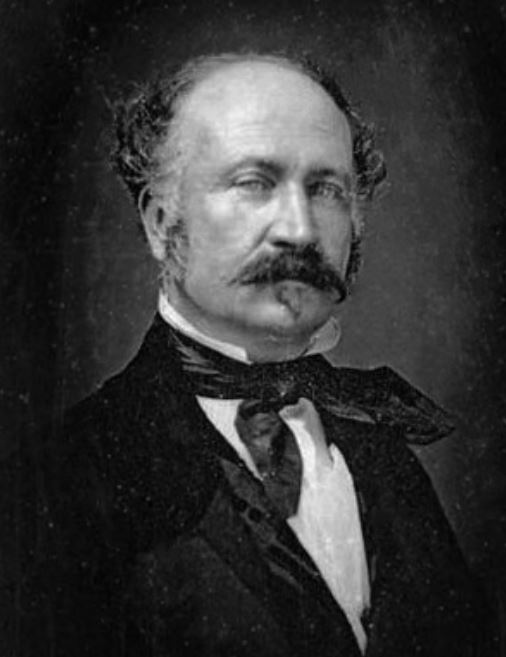
John Sutter, who owned the land, initially sought to keep the discovery a secret to protect his agricultural empire. However, the news spread rapidly, largely due to the efforts of Sam Brannan, who publicized the find in San Francisco, setting off a frenzy.
The spread of this news was unprecedented !!
Reports quickly reached the eastern United States and even other parts of the world. Newspapers published sensational stories of instant riches, igniting what would become a massive migration to California.
This sudden, large-scale movement of people, known as the “Forty-Niners,” marked the beginning of the Gold Rush, with the dream of striking it rich driving them westward.
2. The Rush to California
Prospectors journeyed to California via several routes, each fraught with challenges.
The overland trails, including the Oregon, California, and Mormon Trails, required crossing vast plains, deserts, and mountain ranges.
Those opting for sea voyages faced equally perilous conditions. They had to navigate around Cape Horn or through the disease-ridden Panama Isthmus.
The arduous journeys were characterized by numerous hardships. Extreme weather conditions tested the resilience of travelers, who often struggled with dehydration in the deserts or frostbite in the mountains.
Supplies were scarce, leading to hunger and malnutrition.
Hostile encounters with Native American tribes or bandits also posed significant dangers.
Despite these challenges, the influx of people spurred the development of transportation and infrastructure in the American West. Roads, bridges, and eventually railroads were constructed to accommodate the increasing traffic, facilitating further westward expansion and economic development.
3. Life in the Mining Camps during the California Gold Rush
Life in the mining camps was marked by harsh conditions and constant uncertainty. Overcrowded and lacking basic amenities, these makeshift settlements struggled with poor sanitation, leading to widespread disease.
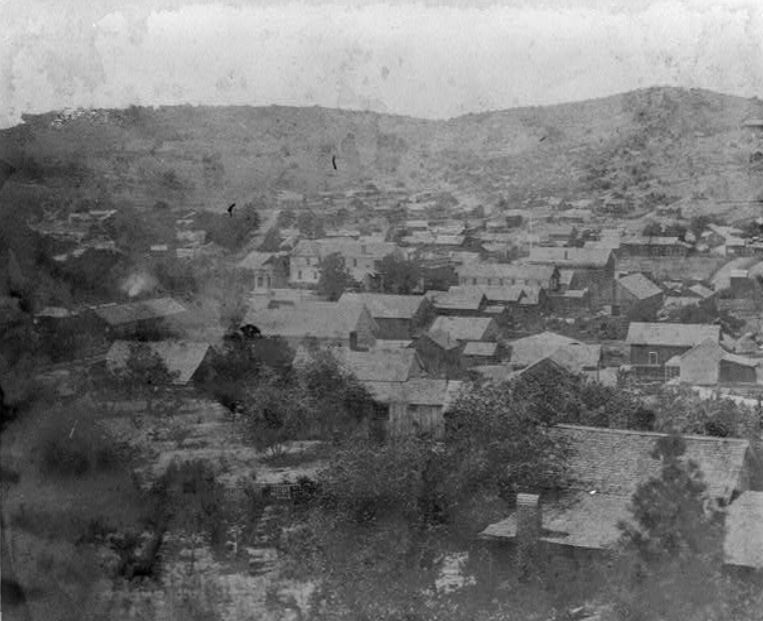
Miners lived in rudimentary shelters, often facing severe weather without adequate protection.
Violence and lawlessness were rampant in the mining towns!!
As the rapid population growth outpaced the establishment of formal legal structures. Conflicts over mining claims frequently led to deadly confrontations, and vigilante justice often prevailed.
Despite these challenges, diverse communities began to form, with women, immigrants, and Native Americans playing crucial roles.
- Women provided essential services such as cooking, laundry, and medical care.
- Immigrants from around the world, including China, Latin America, and Europe, brought cultural diversity and labor skills.
- Land disputes arose as miners encroached on Native American territories, leading to significant displacement and conflict.
The Gold Rush also had a profound impact on the environment. Extensive mining operations led to deforestation, river pollution, and soil erosion.
4. The Impact and Legacy of the California Gold Rush
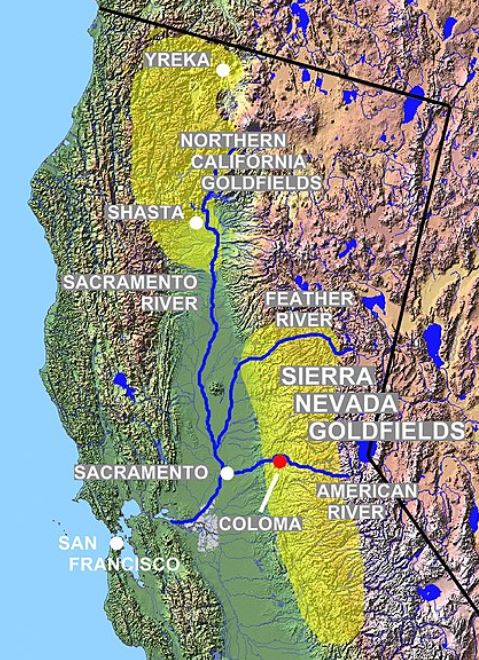
The economic impact of the Gold Rush was enormous, generating vast wealth that fueled both the California and national economies.
The influx of gold stabilized the American economy, contributing to the establishment of a national currency.
San Francisco emerged as a major city, becoming a hub of commerce and culture due to its strategic location and economic boom.
This period saw significant immigration, with people from various ethnic backgrounds contributing to the state’s development. Socially and culturally, the Gold Rush brought together a diverse population. It helped foster a multicultural society in California.
However, the Gold Rush also had devastating effects on Native American communities, leading to widespread displacement, loss of land, and mistreatment.
The lasting legacy of the Gold Rush has been immortalized in literature, art, and popular culture. It symbolized the adventurous spirit and relentless pursuit of wealth that characterized the era. The stories of perseverance and ambition continue to inspire. While the physical remnants of mining operations and settlements serve as historical landmarks.
5. Final Thoughts on the California Gold Rush
The California Gold Rush of 1849 not only spurred westward expansion but also played a crucial role in the economic and social development of the United States. The influx of people seeking fortune brought about significant changes, laying the foundation for California’s growth into a major economic powerhouse.
While the Gold Rush brought immense wealth and opportunity, it also came at a considerable human and environmental cost.
Further Reading
I hope you have found this blog post about What Was the California Gold Rush of 1849? interesting. To find out more about the California Gold Rush and other expansions of the United States, read here:
- What Ended the Gold Rush in California?
- Did the Spanish Find Gold in California?
- How Many People Died in the California Gold Rush?
- Who benefited the most from the California Gold Rush?
- Why Didn’t the United States Take All of Mexico?
- What US States Used to be Mexico?
- Why did Britain want Texas Independent?
You may also enjoy these articles exploring American history:

